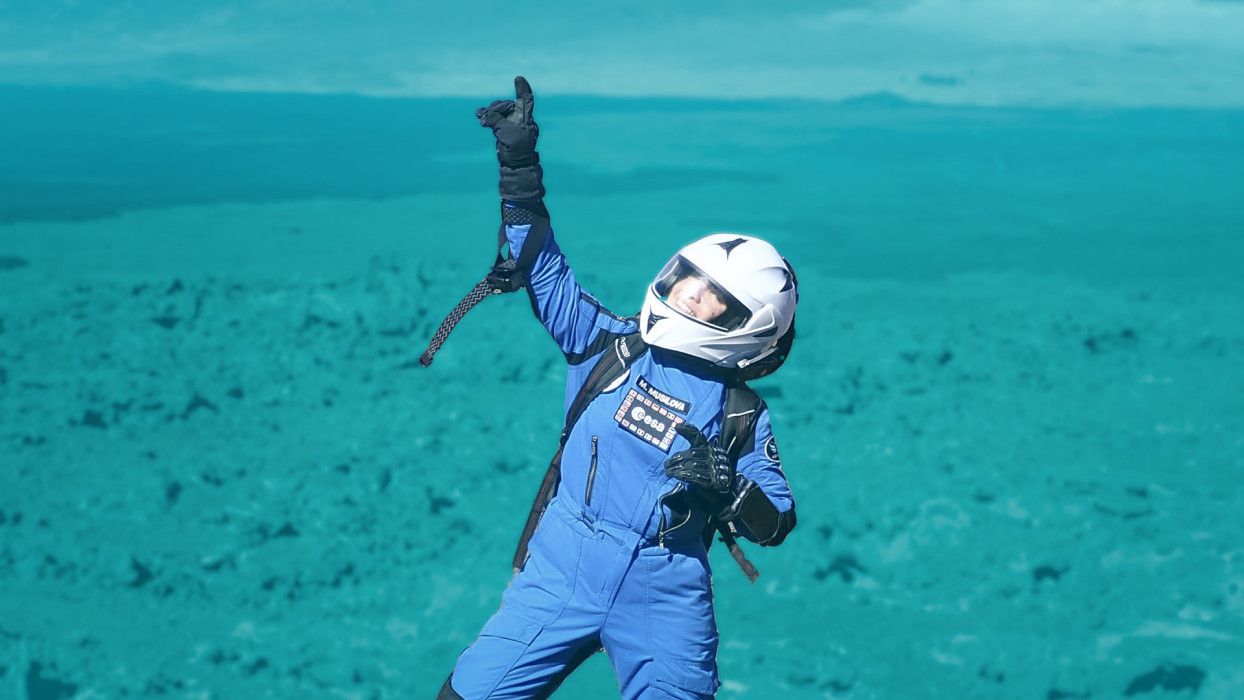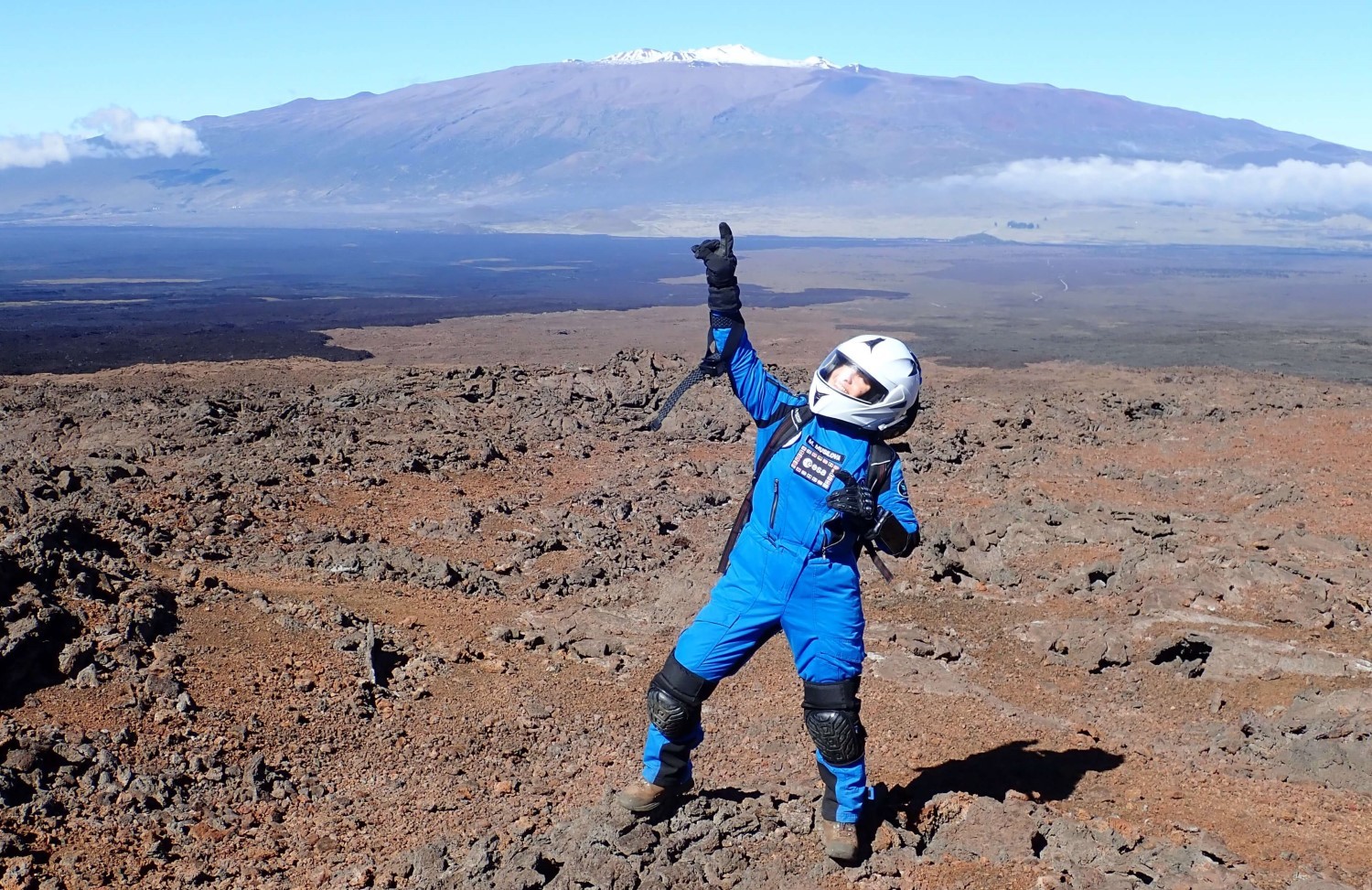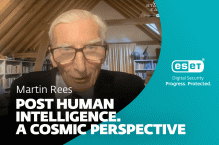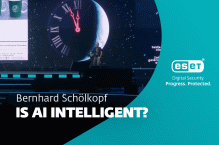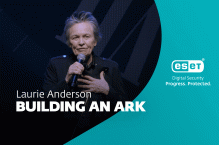When we talk about space adventures, our minds are likely to wander to famed astronauts. However, we often forget that there is a lot more to space exploration than “just” space shuttles and the crews of people clad in special space suits and bouncing around in zero gravity.
Indeed, space research and exploration are increasingly vital for life on Earth. Naturally, then, they rely on some of the world’s brightest minds in various fields whose research not only pushes the frontiers of our knowledge, but ultimately helps us overcome some of the most acute challenges here on our planet and brings tremendous and practical benefits to humanity.
Their ranks include Dr. Michaela Musilova, an astrobiologist who studies the limits of life on Earth and, perhaps even more importantly, searches for life in outer space.
Today is International Women’s Day and March is Women’s History Month, an international annual celebration of women, pioneers and trailblazers, and we reached out to Dr. Musilova, to talk not just about women making history, but also use it as an opportunity to look ahead and see what we can accomplish with the help and brilliance of (women) scientists.
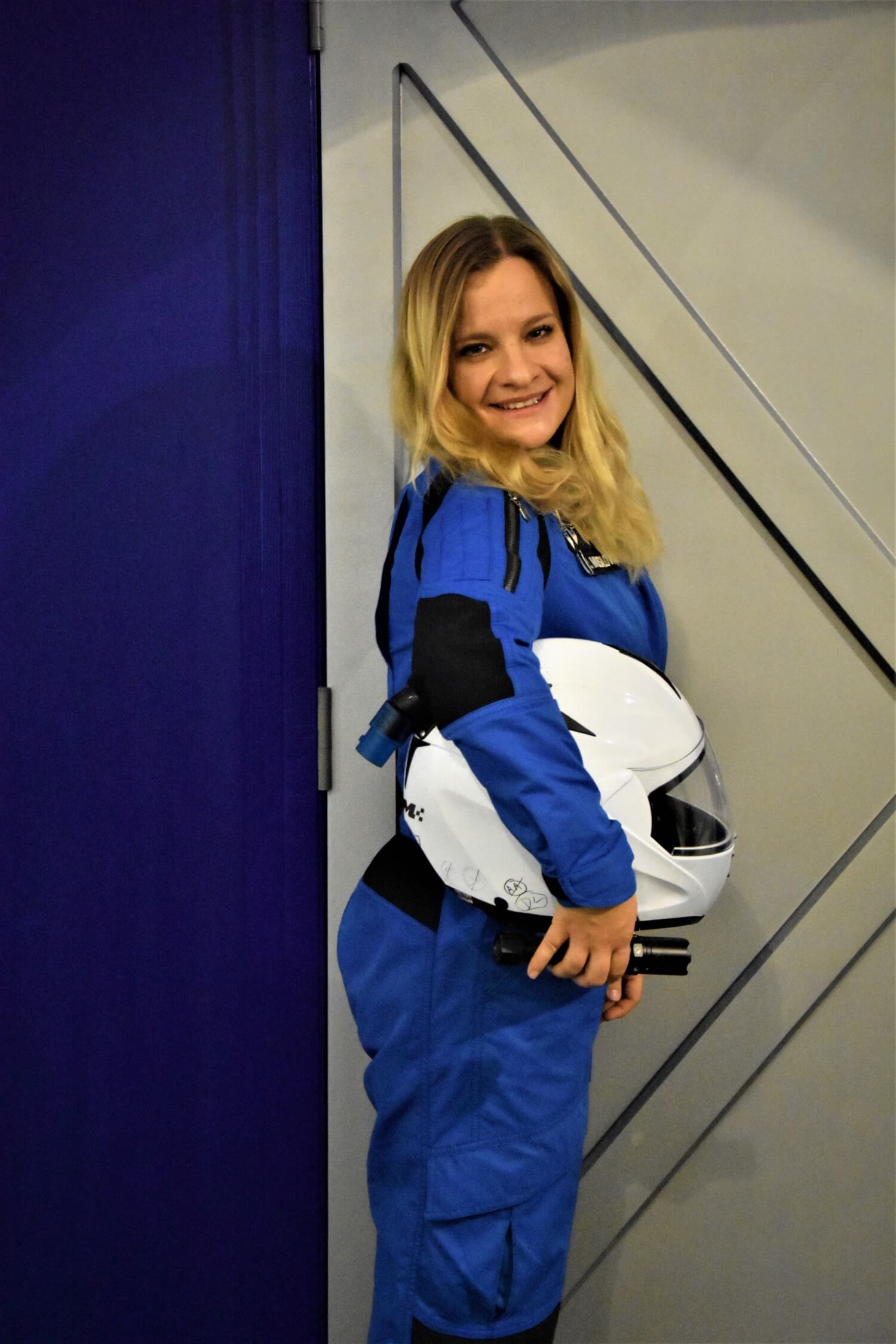 Dr. Michaela Musilova has been conducting space-related research at institutions around the world, including: CalTech, University College London, University of Bristol, Chiba University and others.
Dr. Michaela Musilova has been conducting space-related research at institutions around the world, including: CalTech, University College London, University of Bristol, Chiba University and others.
Additionally, she has been working with NASA, ESA and international observatories, such as the University of London and Canada-France-Hawaii telescopes.
Michaela was the Director of HI-SEAS and Commander of over 40 simulated missions to the Moon and Mars, in collaboration with NASA, ESA and many international organizations.
She is currently a visiting Professor at the Slovak University of Technology, Global Faculty at the International Space University and Head of Research of the space technology company NEEDRONIX.
She was also voted one of the ESET Heroes of Progress in 2022.
Can you briefly describe your life story and what you do?
I am an astrobiologist – that means I search for extraterrestrial life, but I also try to understand the limits and origins of life on Earth. I’m also a so-called analog astronaut and have been the commander of over 40 simulated space missions. On top of that, I love to teach, write, perform outreach and educational projects, and I’m currently leading my own Astro Seven Summits project. The goal of the project is for my team and I to do research, educational and outreach activities while climbing up the tallest mountain on each continent.
In a nutshell, I studied through numerous scholarships at various universities around the world, including Caltech (USA), Chiba University (Japan) and UCL (UK). I first worked at NASA when I was 21 years old and I have collaborated with NASA on multiple projects since then. My research has led me on expeditions in different extreme environments around the world, such as Arctic regions, deserts, tall mountains and volcanoes. I have worked on a number of space-related projects with space organizations and institutions worldwide, including the European Space Agency (ESA) and the Canada-France-Hawaii telescope.
Since I’m from Slovakia, it was important for me to come back to Slovakia and help move the space sector forward there as well. I spent a couple of years in Slovakia as the Chair of the Slovak Organization for Space Activities, which is when we launched the first Slovak satellite skCUBE, started a space engineering degree program at the University FEI STU in Bratislava (where I’m a visiting professor) and we helped make progress towards Slovakia becoming an Associate Member of the European Space Agency. Now, I’m focusing mainly on the activities I mentioned above, after retiring from being the Director of the HI-SEAS space research station in Hawaii, where I ran over 40 simulated space missions to the Moon and Mars.
If you would like to know more, I recently co-wrote a book about my life caled Žena z Marsu (A Woman from Mars).
What made you want to become an astrobiologist? And what steps did you have to take to get to where you are now?
When I was eight years old, I first became passionate about space and I started wondering whether there could be aliens out there. That quickly developed into a hobby, through which I combined my different passions: space, writing, drawing and fashion design. I would write novels about aliens, draw them and design clothes for them, and then I shared my stories with my classmates in elementary school. I was later able to meet the first (and so far only) Slovak astronaut, Ivan Bella. He made me realize how cool an astronaut’s job was and how it would be perfect for me – I could search for aliens while going on missions in space!
However, by the time I was 15 years old, I realized that it’s almost impossible for me, a Slovak girl, to become an astronaut. At the moment, Slovakians can only become astronauts if our country will contribute significant amounts of money to ESA, and that’s only valid since the end of 2022. Before then, there was no possibility at all for Slovakians to become ESA astronauts (and our chances still remain very slim). I hesitated whether to embark on this nearly impossible journey, but I decided to give it a try anyway.
I started saving money through numerous part-time jobs during high school and university. I also studied very hard to get the best possible grades and thus more scholarships to fully self-fund all of my studies. Even charities helped me out and since then, I’ve been helping charities in any way that I can. It wasn’t an easy journey, as I was homeless and exposed to all sort of difficult situations at times (discrimination, harassment, people in high up positions trying to blackmail me, etc.). Nevertheless, I kept trying my best and every success motivated me to keep going after my dreams.
What is the most exciting aspect of your job? And what, on the other hand, could you live without?
The most exciting part of my job is to be able to go on expeditions to different extreme and remote environments around the world, as well as to simulated other planets during my analog lunar and martian missions. I really love that about my research projects and I joke that in a way it’s an awesome “office with a view” 😉.
I love doing outreach and I think it’s a very important part of my work. I believe scientists should try interacting with the public more if possible, and help others understand what the significance of their research is. However, I wish there was a way to perform outreach and educational activities without social media. Nowadays, social media platforms dictate what to post, how to post it and when to post it, on top of other things. The algorithms tend to favor certain types of posts and influencers, so organizations that just want to share, for example, educational content tend to get marginalized, especially if they can’t afford to pay for marketing assistance.
What is your biggest passion outside of work and what keeps you motivated on your journey?
My biggest non-work related passion is dancing. I’ve been dancing since I was three and I greatly enjoy it. It’s something that brings me a lot of joy and it’s great exercise too. I have tried a variety of dance styles: hip hop, ballet, lyrical, flamenco, breakdancing, acrobatic dancing, belly dancing, ballroom dancing and many others. I currently dance West Coast Swing with my partner, and I hope to get back into lyrical and street dancing in the near future.
Did you have a role model growing up? And do you think young people are being encouraged and motivated to go into sciences enough nowadays?
No, I didn’t have a role model growing up. I admired astronauts for instance, but rarely could I relate to them because of my background and circumstances. Instead, I drew inspiration from people that I knew or met, whose stories motivated me to aim high and pursue my dreams. Those people included social activists, teachers, people who persevered despite adversity and my parents.
I think scientists and the sciences are hopefully becoming more approachable these days because of various outreach activities. In the past, scientific subjects used to be presented as something masculine that only certain types of people were thought to be interested in. Women and people of different minorities were often subconsciously and sometime consciously dissuaded from going into STEM subjects. The more women and minorities are able to access education in sciences, and then share their stories, the more women and minorities will be inspired to pursue these types of careers. Also, showing the fun and creative side of STEM subjects through outreach and educational activities can help young people be more motivated to pursue these areas. There is still a lot of progress to be made, but at least things are a bit better than they used to be when I started my career 15 years ago.
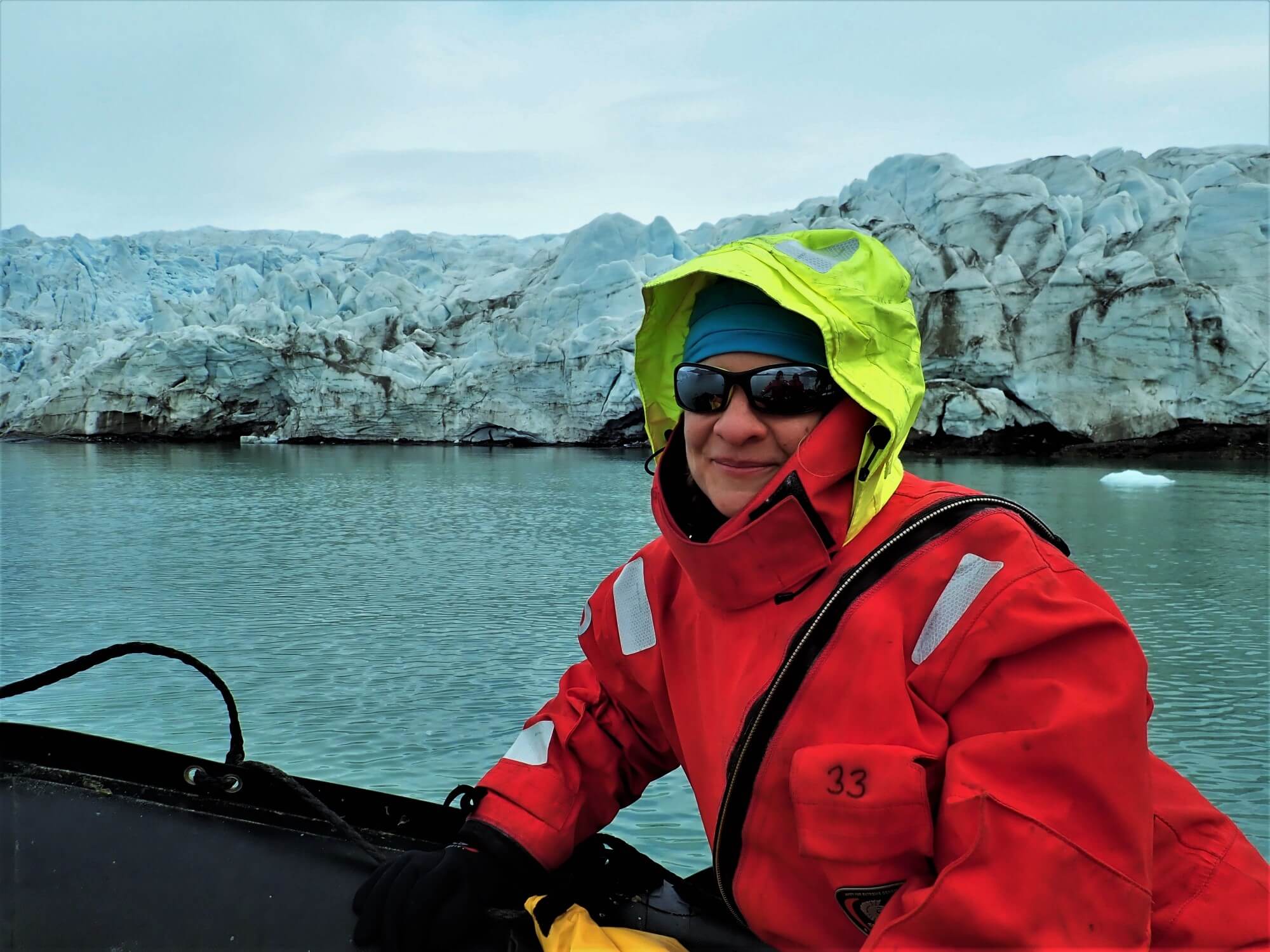
Michaela Musilova on a boat travelling to a glacier in Svalbard (Credit: Libor Lenza)
How does it feel being that role model for young girls from Slovakia and elsewhere thinking of pursuing sciences? If you could give them one piece of advice what would it be?
I am very honored that some people consider me a role model and I don’t take that lightly. It is a big responsibility and I want to do it justice. That means I share both the good and the bad sides of my personal story, so that people can understand the hardships and downsides of pursuing a career like mine. I also try to share information that can be useful to others. In terms of advice, if I can just share one thing, then I’d say: stick to your intuition and gut feeling. If they’re telling you something is wrong, listen to them and vice versa. My intuition has never let me down and it has saved my life a few times, literally. That means that if you feel strongly about pursuing a certain passion or if you have a bad feeling about a certain job offer or person, listen to that “voice” in your head. It can be a life-saver or it can simply help you pursue something that will bring you happiness in life.
What are the next steps in your career?
Currently, my main focus is on my Astro Seven Summits project. My team and I have climbed Kilimanjaro last year and we’re now getting ready to climb the next mountain, Aconcagua. The first expedition went very well and we’re looking forward to the next one, with educational and outreach activities that we’ll be conducting. At the moment, we’re looking for sponsors and partners of the project. If all goes well, then we’ll be climbing Mount Everest in 2025 and I may become the first Slovak woman to summit Everest, as well as the first Slovak woman to complete the Seven Summits.
I’m also continuing with space-related research, teaching and presenting worldwide, as well as writing more short stories and novels. I haven’t given up on my dream to do research in space and I hope that my Astro Seven Summits project will actually help me with my astronaut prospects. Nevertheless, if it doesn’t work out in the end and I’m not able to become an astronaut, I hope that my work will at least help others achieve this goal.
If you could tell women and girls one thing, this International Women´s day, what would it be?
Keep pursuing your passions and stand up for what you believe in. It’s not always easy or possible to do that of course, and sometimes it takes time and the right circumstances. I just believe that it’s important not to forget about your own dreams and things that make you happy, despite obstacles in the way. There are still many issues with gender inequality in the world, for example with unfair pay gaps, discrimination and sexual harassment. Unfortunately, those things won’t change for the better unless people of all genders work together to stop these injustices from happening and set fair standards in both professional and private aspects of their lives. I remain hopeful that things will continue to change for the better, so I’m trying my best to do my part and I hope others will join me 😊.
Thank you for your time.
Happy Women’s History Month!
READ ALSO: Women in tech: Unique insights from a lifelong pursuit of innovation

